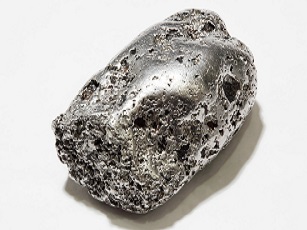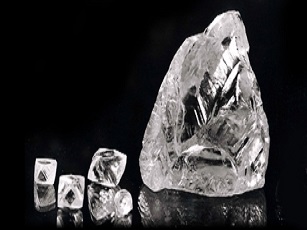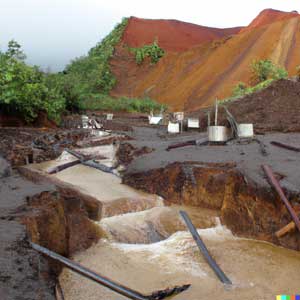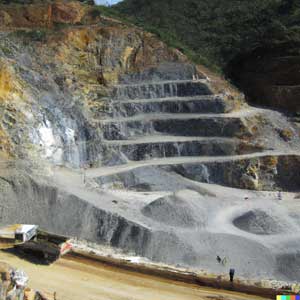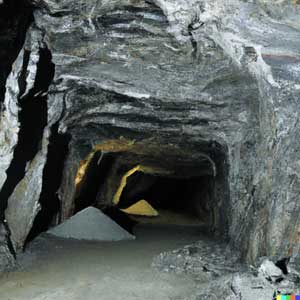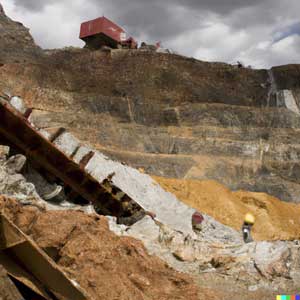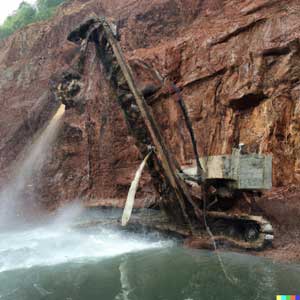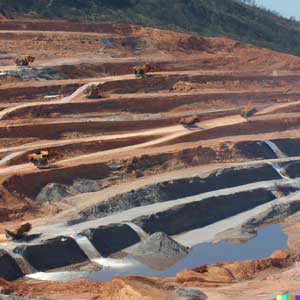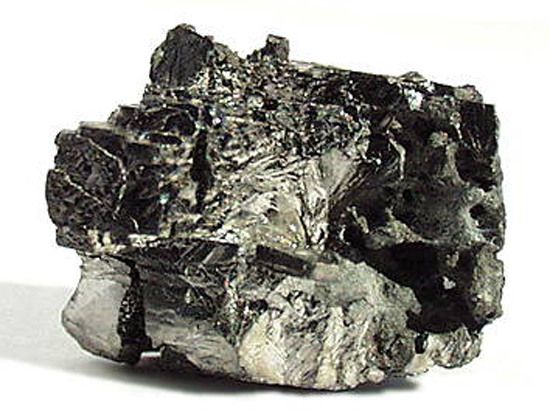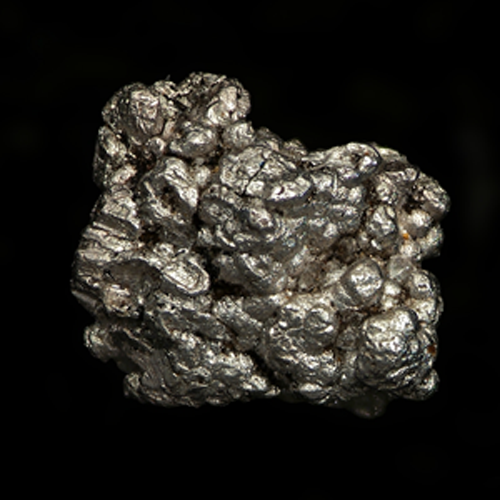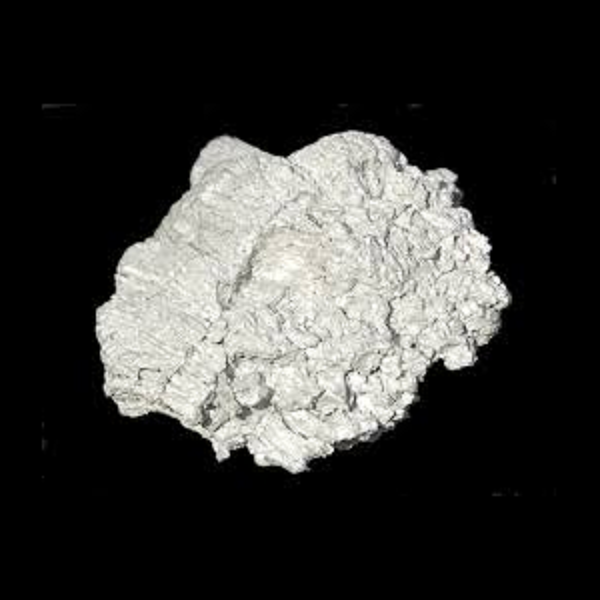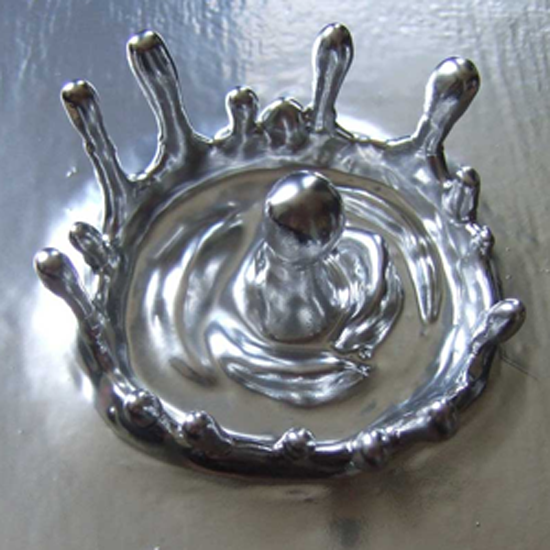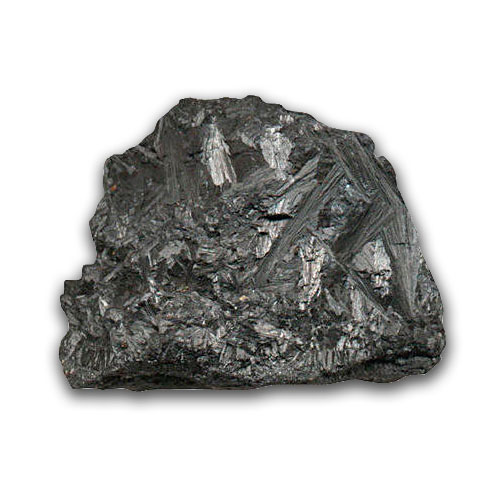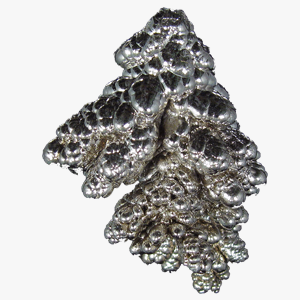Silver Mining In Amazon Rainforest
SILVER MINING IN AMAZON:
The Amazon rainforest is a vast ecosystem that spans nine countries in South America. It is home to a wide variety of plants and animals, and also contains a wealth of natural resources. One such resource is gold, which has been mined in the rainforest for centuries. In recent years, however, silver has become the focus of mining activity in the Amazon.
Mining for silver in the Amazon is typically done in two ways. The first is through alluvial mining, which involves the use of sluice boxes, hydraulic mining, and dredging. In this method, miners search for silver deposits and extract the ore by force.
The second method is hard rock mining. This process involves drilling and blasting to get to ore-bearing rock, which is then crushed and processed to extract the silver. This method is much more destructive to the environment, and has been linked to deforestation, soil erosion, and water pollution.
Silver mining in the Amazon has been a controversial topic due to the potential environmental damage it can cause. As mining companies move into the region, they often have to clear away large tracts of rainforest in order to access the ore. This can cause major damage to the ecosystem, especially in areas where the rainforest is already fragile.
Despite the potential environmental impact, silver mining in the Amazon is likely to continue, as it provides a source of income for many people in the region. It is important that mining activities are carefully regulated in order to minimize the environmental impact, and to ensure that local communities benefit from the activity.
SILVER MINING TYPES IN AMAZON RAINFOREST:
Silver mining in the Amazon Rainforest is a practice that has been occurring for centuries. It typically involves digging tunnels into the ground and extracting ore containing silver. This ore is then processed to extract the silver which is then sold to various buyers.
Types of silver mining in the Amazon Rainforest include:
Open pit mining: This is a type of surface mining where large scale excavation is done to expose and extract ore from the earth.
Underground mining: This is where tunnels are dug into the Earth to extract ore from deeper within the ground.
Placer mining: This is a type of mining where ore containing silver is extracted from rivers and streams.
Hydraulic mining: This is a type of mining where high pressure jets of water are used to extract ore from the ground.
5. Tailings mining: This is where the waste from other types of mining is reprocessed to extract silver from it.
METHOD OF SILVER MINING TYPES IN AMAZON RAINFOREST:
The Amazon rainforest contains a variety of minerals and metals, including silver. However, mining these resources is highly controversial due to the environmental damage it can cause.
The most common method of silver mining in the Amazon rainforest is called open-pit mining. This involves digging large pits in the ground and using heavy machinery to extract the ore. The ore is then crushed and separated from the other minerals, and the silver is purified. This method can cause significant damage to the environment, including deforestation, soil erosion, and water pollution. It can also disrupt the lives of the local people, who depend on the rainforest for their livelihoods.
Another method of silver mining in the Amazon is called artisanal mining. This involves small-scale, manual mining operations that use basic tools. Artisanal miners may be able to reduce the environmental damage of mining, but it can still have a negative impact on local communities and ecosystems.
In recent years, governments and conservation organizations have been working to limit the negative impact of silver mining in the Amazon rainforest. They have implemented regulations and restrictions on mining activities, and they have also promoted sustainable development initiatives that create jobs and help protect the environment.
OPEN-PIT SILVER MINING IN AMAZON RAINFOREST:
Open pit silver mining in the Amazon region is a controversial subject. Mining activities can cause environmental damage, including deforestation, water pollution, and air pollution. They can also disrupt indigenous communities and threaten biodiversity. Therefore, any plans to mine silver in the Amazon must be carefully evaluated to ensure that they do not cause any significant harm to the environment or local communities.
In Brazil, mining of silver in the Amazon is regulated by the Brazilian National Mining Agency (DNPM). The DNPM requires that mining operations are carried out in accordance with the Brazilian Environmental Law, which sets out strict guidelines for protecting the environment and local communities.
In addition to the regulations set out by the DNPM, mining companies must also obtain approval from local governments before beginning any mining activities. This approval process includes an assessment of the potential social and environmental impacts of the proposed mining operation.
Silver mining in the Amazon has the potential to bring economic benefits to the region, but it must be done in a way that is sustainable and respects the environment and local communities.
OPEN-PIT SILVER MINING TYPES :
1. Carbonate Replacement Deposits: Carbonate replacement deposits are formed by the replacement of limestone, dolomite and other carbonate rock by metals such as silver.
2. Hydrothermal Vein Systems: Hydrothermal vein systems are formed when hot, mineral-rich fluids circulate through cracks in the rocks and precipitate minerals such as silver.
3. Exhalative Sulphide Deposits: Exhalative sulphide deposits are formed when hot, metal-rich fluids are expelled from the Earth's crust and precipitate silver.
4. Placer Deposits: Placer deposits are formed when heavy minerals, such as silver, are concentrated in stream beds.
UNDERGROUND SILVER MINING IN AMAZON :
Underground silver mining in the Amazon is a dangerous and difficult process. It usually involves digging deep underground tunnels in order to access the silver ore. This is a physically demanding and dangerous job, as miners are often exposed to hazardous conditions, such as poor air quality, rock falls, and flooding. Furthermore, the process of mining in the Amazon is also damaging to the environment. Mining activities can contaminate water sources, cause soil erosion, and lead to deforestation. Consequently, many governments have taken steps to regulate and monitor underground silver mining in the Amazon. Additionally, some miners have even created their own collectives and cooperatives in an effort to promote sustainable and responsible mining practices.
UNDERGROUND SILVER MINING METHODS :
In the Amazon, underground silver mining is mainly done by small-scale miners, using traditional methods. These miners use hand tools such as pickaxes and shovels to dig shafts and tunnels in the earth to reach silver ore deposits. Other tools may include sluice boxes, crushers, pumps, and drills. Silver ore is then separated from other minerals in a process known as "milling." This involves crushing and grinding the ore, and then using chemicals or heat to separate the silver from other minerals. The silver is then purified and refined. This process often uses mercury and other chemicals, which can be dangerous and damaging to the environment.
WHAT IS PLACER MINING IN SILVER :
Placer mining is a type of mining that involves extracting silver ore from sand, gravel, and clay deposits contained in stream beds, river beds, and other shallow deposits. This type of mining is usually done in areas where there is a large concentration of silver ore. The process of placer mining involves digging and sifting through mud and gravel to locate silver ore deposits. Once the ore has been identified, it is then mined using a variety of techniques, including panning, sluicing, dredging, and hydraulic mining. In the Amazon region, placer mining is often used to access deposits of alluvial gold, which are found in riverbeds and along the banks of streams. Due to the remoteness of the Amazon region, traditional mining techniques such as open-pit mining are not practical. Placer mining is therefore the most efficient way to access the gold ore in this area.
WHERE IS PLACER MINING IN SILVER :
Although there is no silver mining currently taking place in the Amazon, placer mining has been known to take place in some of the river systems and wetlands of the Amazon basin. Placer mining is the physical extraction of gold, diamonds, and other minerals from river sediment using either a hand-held tool or a larger mechanized machine.
HOW IS PLACER SILVER MINED IN AMAZON :
Placer silver is typically mined in Amazon by a process called hydraulic mining. This process involves the use of high-powered water jets to dislodge and transport sedimentary deposits containing silver. The sediment is then collected and processed to extract the silver. This process is usually done on a large scale and can be used to access gold, copper, and other valuable minerals.
HYDRAULIC SILVER MINING IN AMAZON:
Hydraulic silver mining is a method of extracting silver ore from the ground using high-pressure jets of water to break up the ore. This process is used in the Amazon region of South America, where large deposits of silver ore are found in sedimentary rock. The process begins by digging a trench or furrow in the ground, where the silver ore is located. The water is then pumped through a hose at very high pressure, and it is blasted against the ore in order to break it up into smaller chunks. The silver ore is then collected from the ground and taken to a processing plant for further refinement.
Hydraulic silver mining is an environmentally harmful process, as it can lead to soil erosion, water pollution, and the destruction of wildlife habitats. Additionally, the process can cause a great deal of noise pollution in the area. To help reduce the environmental impact of hydraulic silver mining, some countries have implemented regulations to limit the amount of water that can be used, and to set limits on how close to a river or wetland the process can take place. Additionally, some companies have invested in technologies that are designed to reduce the environmental damage caused by the process.
HYDRAULIC SILVER MINING IN AMAZON PROCESS:
Hydraulic silver mining in the Amazon is a process that involves the use of high-pressure jets of water to dislodge the desired material from the mountain. This process is similar to hydraulic gold mining, but uses a different method to extract the silver from the ore.
The first step of the process is to locate the silver-rich ore deposits within the mountain. This is usually done by surveying the area and mapping the different concentrations of silver ore. Once the ore deposits have been identified, a large drilling rig is used to drill deep into the mountain. The drilling rig is used to create tunnels and passages that will allow the miners to access the ore deposits.
Once the tunnels and passages have been established, a high-pressure water jet is used to dislodge the ore from the mountain. The water jet is very powerful and can break apart large chunks of rock and ore. The ore and rock fragments are then collected and taken to the processing plant.
At the processing plant, the ore is separated from the rock fragments and sorted according to its silver content. The ore is then crushed and processed to extract the silver. The silver is then refined and sent off to be smelted into bars or coins.
HYDRAULIC SILVER MINING IN AMAZON TYPES:
Hydraulic silver mining in the Amazon is a type of mining in which large amounts of water are used to extract silver from the surrounding soil and rock. This method is especially useful when silver is found in veins or other hard-to-reach areas.
The process begins with the miners digging a trench in the area where they believe silver is present. The trench is excavated to a depth of several feet, and a sluice box is then installed. This sluice box contains a series of pipes and valves that are used to regulate the amount of water that is used to extract the silver.
The water is then released into the trench and is allowed to flow through the soil and rock until it comes into contact with the silver. The silver is then separated from the other minerals by the force of the water and collected in the sluice box.
The silver is then cleaned, sorted, and collected for further processing. The process is repeated until all of the silver has been extracted from the area. Hydraulic silver mining has the potential to be a highly efficient and cost-effective method for recovering silver in the Amazon.
TAILING MINING IN AMAZON:
Tailing mining in Amazon is the process of extracting data from the data stored in Amazon Web Services (AWS) cloud. This type of mining involves the use of various tools and techniques to extract data from the Amazon cloud.
The process of tailing mining in Amazon involves extracting data from various sources such as log files, configuration files, databases, and other sources. This data can then be used to gain insights into customer behavior, application performance, and other areas.
The data extracted from the Amazon cloud can be used to gain insights into customer behavior, application performance, and other areas. For example, the data can be used to identify customer trends, identify potential problems and areas of improvement, and provide feedback to improve customer experiences. Additionally, the data can be used to optimize marketing campaigns, identify potential issues, and improve customer service.
Tailing mining in Amazon is a valuable tool for businesses as it allows them to gain insights into customer behavior and application performance. By using this data, businesses can identify potential problems and areas of improvement and make decisions that will improve customer experience and ultimately drive growth.
WHERE IS TAILING MINING IN AMAZON:
Tailing mining is not allowed in the Amazon due to the environmental and social impacts that it can have on the region. In order to protect the biodiversity of the Amazon and the rights of the people living in the area, the Brazilian government has put in place an official ban on tailing mining.
Related Mining

